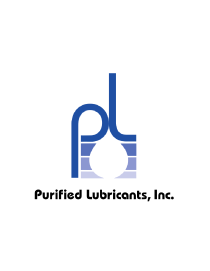“We will soon need to choose a new oil for one of our hydraulic systems but are concerned about the mixing of hydraulic oils. Do we have reason for concern?”

“We will soon need to choose a new oil for one of our hydraulic systems but are concerned about the mixing of hydraulic oils. Do we have reason for concern?”

“We are in the early stages of implementing a lubrication program and would like to know how much detail should be included in our lube procedures? What is the best format?”

“Is there any way to clean our oil up to two ISO codes other than with loop filtering?”
Best practices recommend that lubricants are filtered when they are transferred from one container to another or to a machine. This practice can improve lubricant cleanliness with just a single pass. The filter must have a high beta ratio (greater than 200) at the right micron size to achieve the expected cleanliness level. Of course, the use of a high-efficiency filter will require the proper lubricant flow rate and pressure according to the viscosity and volume to be filtered.

“Do you have any suggestions on whether to use a third-party lab for moisture testing? What instrument is commonly used for testing less than 50 parts per million (ppm) of water? The viscosity is around 1,800 centistokes. Additive interference is also a concern.”

“My supplier is pushing hard to move his synthetic gear oils into my operation. His position is that the units run too hot for long-term use of mineral oils. At what temperature should I switch to a synthetic lubricant for a non-circulated gearbox?”

